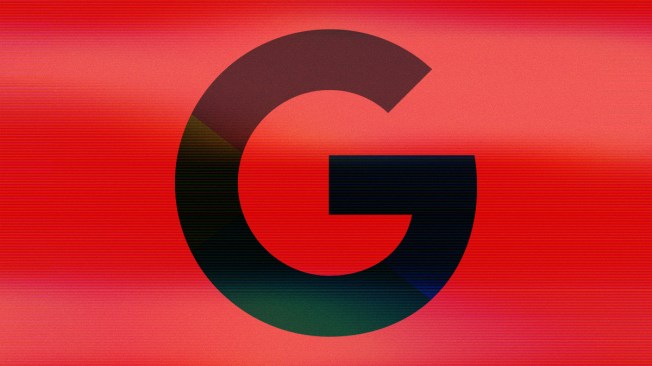Drive business and brand growth with winning media strategies at Mediaweek. Hear from experts at TIME, Peloton, YouTube, Google and more, October 29-30 in New York City. Register.
Advertisers using Google’s buy-side adtech, who have been limited to buying open web inventory via Google’s supply-side platform and exchange, AdX, may have been at a disadvantage, newly released court docs reveal.
Google owns tech representing both the buy and sell side of the programmatic market, a competitive advantage that is currently the subject of the U.S. Department of Justice’s adtech antitrust trial.
But, Google executives worried internally that trying to work in the interests of both the buy and sell side ultimately limited inventory advertisers had access to, since they would have benefitted from bidding on non-Google-owned sell-side tech, new evidence presented by the DOJ reveals.
Five sources across the buy and sell side told ADWEEK that working only with AdX can limit the breadth and quality of inventory buyers can access, though the dynamics today are slightly different than the sometimes decades-old evidence the DOJ draws from.
Artificially handicapping the buy side
Google Ads, Google’s ad network for smaller advertisers that is sometimes also called Google Display Network or GDN, has for years been (mostly) limited to bidding on AdX when accessing open web display inventory, rather than letting buyers bid on rival SSPs, which would give them access to a wider range of inventory and potentially more competitive prices.
“From GDN’s perspective, GDN is completely disadvantaged against buy-side competition,” a 2012 document reads. “In the auction ecosystem, we appear to be running a buyside-subsidizes-sellside model: we are artificially handicapping our buyside (GDN) to boost the attractiveness of our sellside (AdX).”
The argument here is that the only reason to limit Google Ads buyers to AdX is because it makes AdX more desirable to publishers, as Google Ads is a source of unique demand. But, that sell-side advantage doesn’t translate to the buy-side clients of Google ads.
“This greatly weakens GDN’s position in the market — why would an advertiser buy thru (sic) GDN when they could do the same retargeting on Criteo on same inventory plus more inventory,” the document continues, (emphasis in original).
This concern that Google Ads’ buyers could be harmed by limiting their scope to AdX—and not having access to rival SSPs—bubbled up again in a 2013 document and a 2015 email from former Google exec Eisar Lipkovitz, previously covered by ADWEEK.


